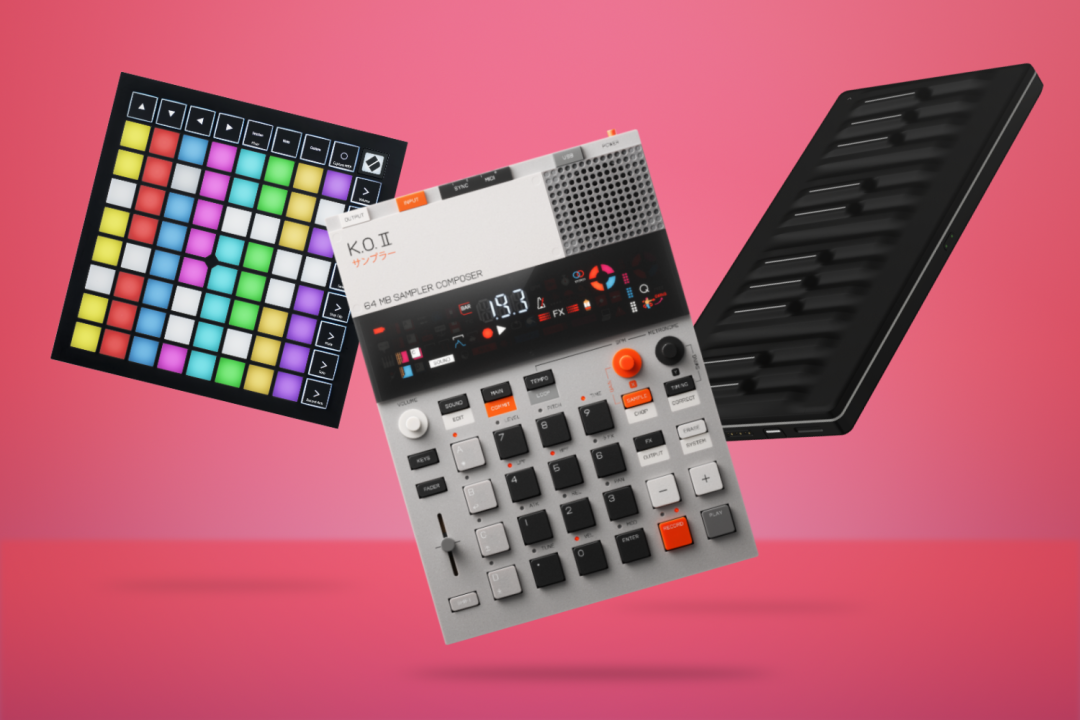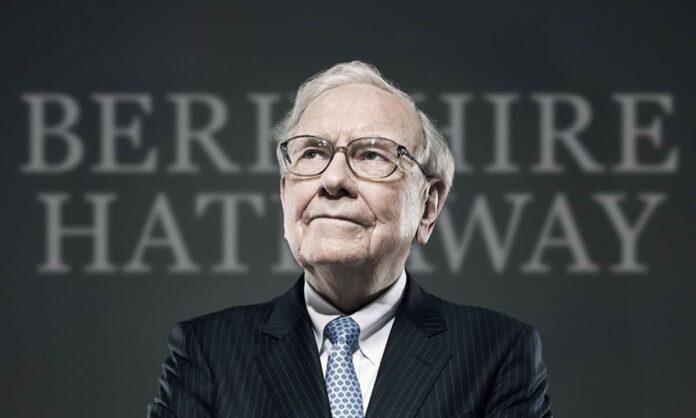In a historic shift, more Americans now get their news from social media than television, with platforms like TikTok and YouTube leading the charge. Experts warn this could reshape public opinion, media trust, and the very fabric of democracy.
In a historic shift, more Americans now get their news from social media than television, with platforms like TikTok and YouTube leading the charge. Experts warn this could reshape public opinion, media trust, and the very fabric of democracy.
📱 A New Media Age Begins
In a defining shift that reflects how deeply digital life has shaped modern habits, social media has officially overtaken television as the primary source of news for Americans. According to a comprehensive global media study, 54% of Americans now rely on social media to stay informed—while TV, once the household king of information, has slipped behind.
What was once a slow but steady movement has now become a full-scale migration. Smartphones, apps, and endless feeds have replaced static screens and scheduled broadcasts. The once unshakable living room ritual of watching the evening news has turned into a quick scroll between emails and Instagram stories.
👨👩👧👦 The Youth Are Leading the Charge
The generational divide couldn’t be clearer. Young Americans, especially those under 35, are the ones fueling this transformation. Their connection to news is now shaped more by swipes and reels than by anchors and studios.
Platforms like TikTok, YouTube, Instagram, and X (formerly Twitter) have become their first stops for breaking updates, political commentary, and public reactions. These are not just places for entertainment—they’re now forums of information, opinion, and, at times, activism.
For the average 18 to 24-year-old, news is no longer a destination—it’s embedded in their everyday digital flow. It pops up in memes, clips, livestreams, and influencer rants. It comes unexpectedly, often with humor or bias, but rarely with the polish of a newsroom.
🎤 Influencers as Journalists: A Double-Edged Sword
In this new era, influencers have become newsmakers—and newsbreakers. People like Joe Rogan, Megyn Kelly, Ben Shapiro, and even TikTok creators with millions of followers are now perceived as more relatable and “real” than traditional journalists.
They speak unfiltered. They echo frustration. They challenge established narratives. And for many Americans, especially those skeptical of mainstream media, they are a trusted voice in the noise.
But with that trust comes danger. Influencers are not bound by the same editorial rules or ethical codes. Their content is rarely fact-checked, often emotionally charged, and sometimes entirely opinion-driven. As their role in news expands, so does the risk of misinformation.
📉 The Fall of Traditional TV
Television, meanwhile, is experiencing a slow retreat. While still significant—especially among older Americans—its authority is fading.
TV news has struggled to adapt to the on-demand culture. Where social media can deliver a video in under 60 seconds, TV often spends hours on scheduled programming. The formality, the suits, the scripts—they now feel distant in an age where immediacy is currency.
For Gen Z and Millennials, television is seen as out of touch. It speaks at them, not with them. And when one can get 10 different takes on a single issue within seconds on social media, the slower, more curated tone of TV feels outdated.
🧠 News Fatigue and Information Overload
Interestingly, even as more people turn to social media for news, more people are also avoiding the news altogether. The constant bombardment of bad news—wars, inflation, climate crisis, political chaos—is taking its toll.
In places like the UK and U.S., news avoidance has reached record highs. Nearly half of British users now admit to actively skipping news, and a significant portion of Americans report feeling overwhelmed, anxious, or angry after consuming it.
Social media magnifies this. Unlike TV, which is passive and time-bound, social feeds are aggressive, endless, and emotionally loaded. One moment it’s a political scandal, the next it’s a disaster video, followed by a funny cat clip—an emotional rollercoaster on every scroll.
🤖 The Rise of AI in News Gathering
In a development few saw coming, AI is starting to reshape how news is gathered and consumed. Chatbots like ChatGPT, Google Gemini, and Meta AI are increasingly used by young audiences to summarize or explain news in real time.
For some, these tools offer clarity, speed, and neutral tone. But others worry. What happens when machines, not journalists, decide which headlines are “important”? Will users get truth—or a filtered version of it, designed by unseen algorithms?
AI’s entrance into the news arena raises big questions about truth, transparency, and control—questions that society is only beginning to address.
📊 A Landscape Fragmented but Personalized
What stands out most in today’s news ecosystem is not just that people are using different platforms—but that everyone is getting a different version of reality.
A liberal college student on TikTok might be watching bite-sized social justice clips.
A conservative veteran on Facebook might be reading posts from local forums or political commentators.
A Gen-Z entrepreneur on YouTube may consume long-form financial deep dives.
This fragmentation means fewer shared stories—and fewer shared truths. While media used to unite the country with common narratives, today’s digital streams have created personalized bubbles.
Everyone’s “news” looks different, even if the headline is the same.
📌 The Symbolism Behind the Shift
This isn’t just about where people get news. It’s about how society is evolving.
TV represented authority. Social media represents freedom.
TV demanded silence. Social media invites voices.
TV was one-way. Social media is a conversation.
But conversations can get noisy. And when everyone is shouting, the truth can get lost. The fall of television as the dominant news source marks the rise of something much more complex—a chaotic, democratized, ever-shifting world of information.
🧭 Final Thoughts
We are living through a transformation not seen since the invention of the printing press or the first satellite broadcast. The tools we use to understand the world are changing. The challenge now is to make sure we still understand it—clearly, truthfully, and together.
As social media becomes the main gateway to news, the responsibility is no longer just on journalists—it’s on all of us. To question. To verify. To pause. And most importantly, to listen.
Like
Dislike
Love
Angry
Sad
Funny
Wow
Georgia May Foote’s GMF Nails Destroyed in Blaze, Raises Over £10K in Support
June 23, 2025Best electronic instruments in 2025, including MIDI keyboards, drum pads and samplers
June 28, 2025Digital Healing: How Online Communities Are Becoming Mental Health Lifelines in 2025
June 28, 2025







Comments 0